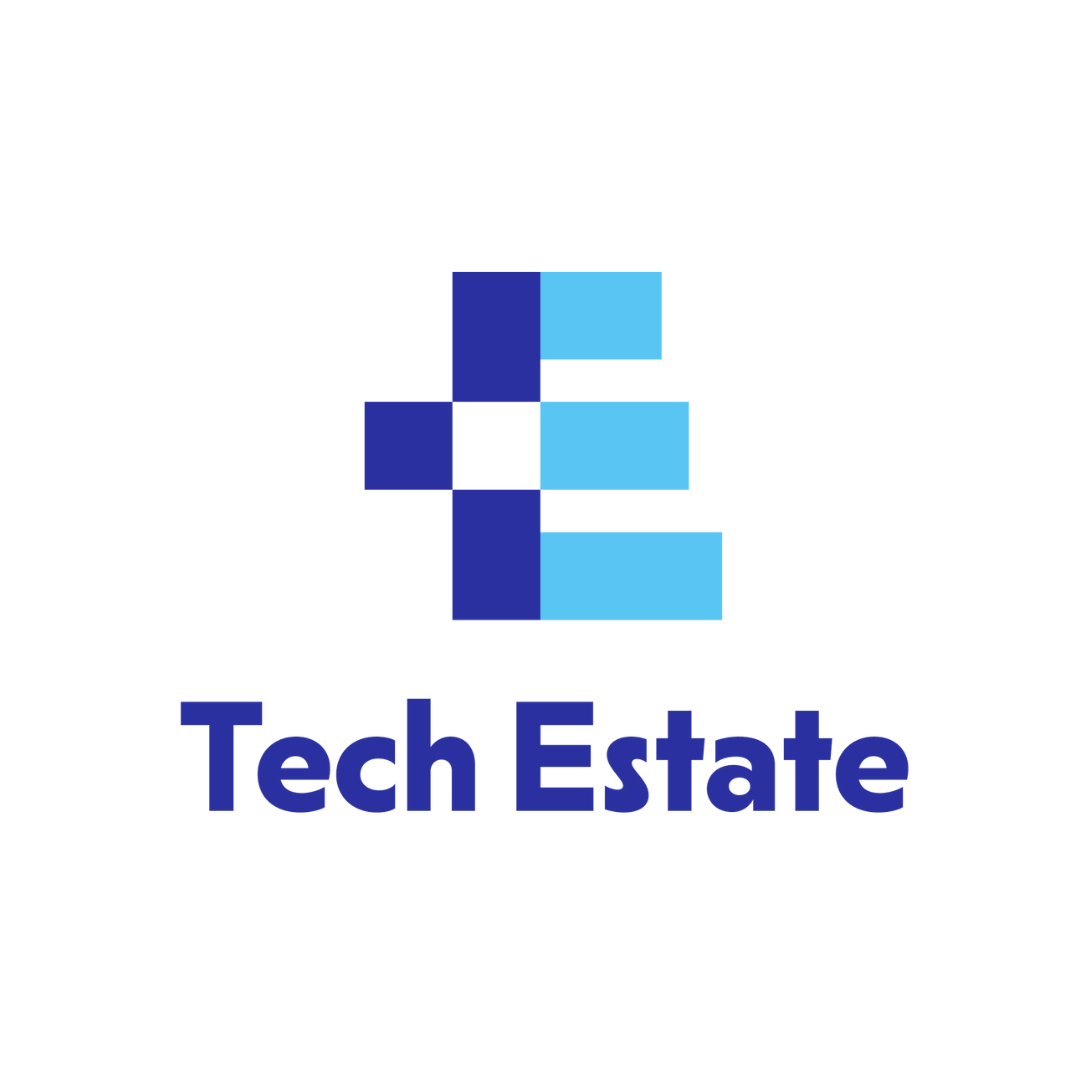ChatGPT Canvas is a new feature introduced by OpenAI that allows users to interact with AI in a more visual and collaborative way, expanding beyond the traditional chat interface. Canvas creates a shared workspace where users can work side-by-side with the AI to edit text or code directly, enabling more focused and dynamic collaboration. This innovation aims to improve productivity, especially for tasks that require iterative revisions, such as writing, coding, or debugging software.
How Canvas Works
The Canvas interface operates on a separate screen from the regular ChatGPT chat window. Instead of generating a complete response and requiring users to make new prompts for adjustments, users can now highlight specific sections of text or code within the Canvas and request precise changes. This can range from adjusting the tone or length of a passage to adding comments or fixing bugs in code.
Users can also employ Canvas to translate code across languages—like switching from Python to JavaScript—or enhance readability by adding logs and comments. This makes it a valuable tool not only for developers but also for writers, editors, and content creators who want greater control over AI-assisted outputs.
Practical Applications
- Writing Tasks: Users can collaborate with ChatGPT to generate articles, newsletters, or academic content. For example, you could ask the AI to rewrite only the introduction of a text or adjust the reading level to suit a particular audience.
- Coding Assistance: Developers benefit from targeted debugging, language translation, and documentation help. The AI can review specific parts of the code, making it more modular and improving workflows.
- Inline Suggestions: Canvas provides an interactive way to offer edits and inline feedback, making it easier to experiment with ideas without starting over from scratch.
Availability and Future Rollout
Currently, the Canvas feature is available to ChatGPT Plus and Team subscribers, with plans to expand it to enterprise and education users soon. OpenAI also aims to roll out the feature to free-tier users after the beta phase concludes, which may enhance accessibility for more users in the future.
This tool offers a new way of interacting with AI, allowing it to function as a virtual collaborator rather than a passive assistant. By making the process of writing, coding, and editing more intuitive, Canvas has the potential to become a valuable addition to both professional and educational environments.





